I'm trying to conciliate dots annotation in a Matplotlib scatter plot with a manual limit setting, but I either got an error message or I get a design problem.
Here is my code :
fig, ax = plt.subplots(figsize = (20,10)) #manual limit setting
plt.axis([-2,3,-2.5,5])
plt.scatter(x, y)
for i, txt in enumerate(n): #dot annotation
ax.annotate(txt, (x[i], y[i]))
Here is a screen cap of the output (I got the final scatter plot as a small rectangle located in the left corner of a big white rectangle :
I tried this also :
fig, ax = plt.subplots(figsize = (20,10))
ax = plt.axis([-2,3,-2.5,5])
plt.scatter(x, y)
for i, txt in enumerate(n):
ax.annotate(txt, (x[i], y[i]))
But of course I got the following error message (even though the chart correctly displays, but without the labels next to each corresponding dot).
AttributeError: 'list' object has no attribute 'annotate'
The error arises because my loop tries to iterate through ax = plt.axis([-2,3,-2.5,5]), which doesn't make sense indeed.
Any solution to overcome this issue ?
Thank you
